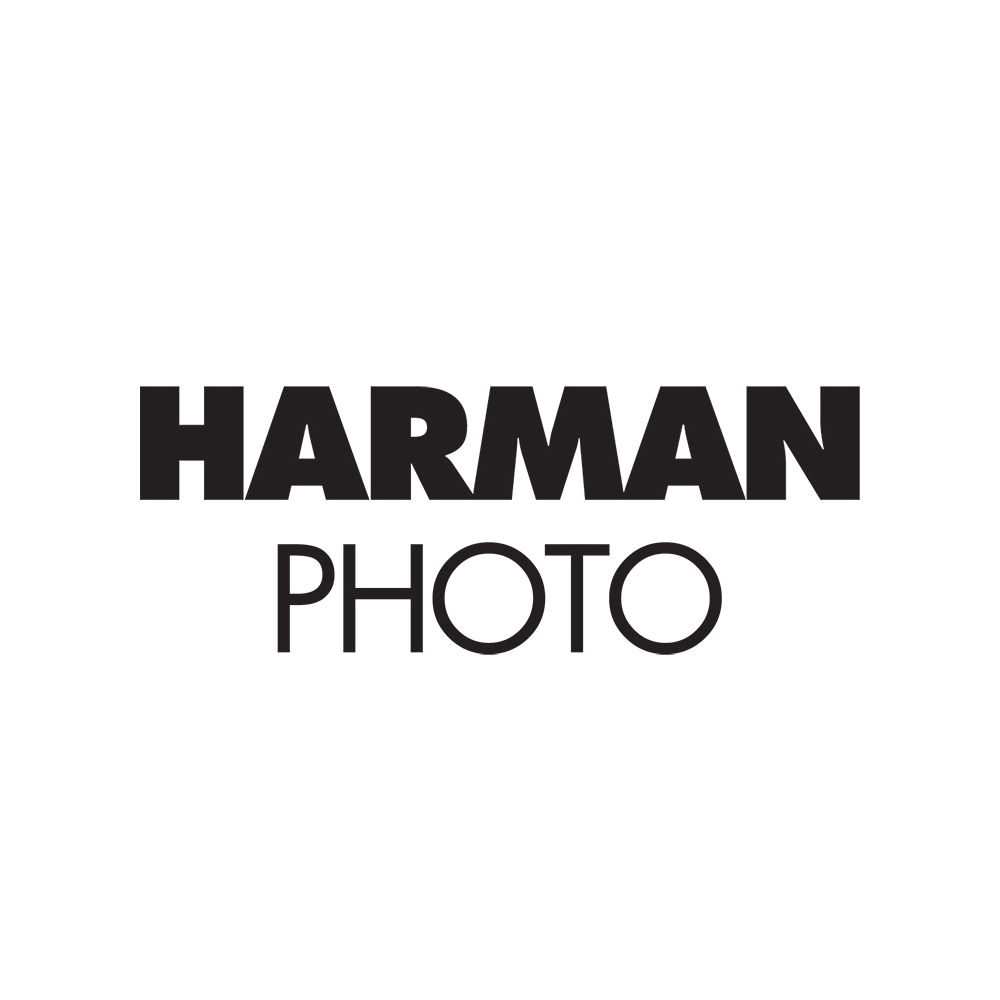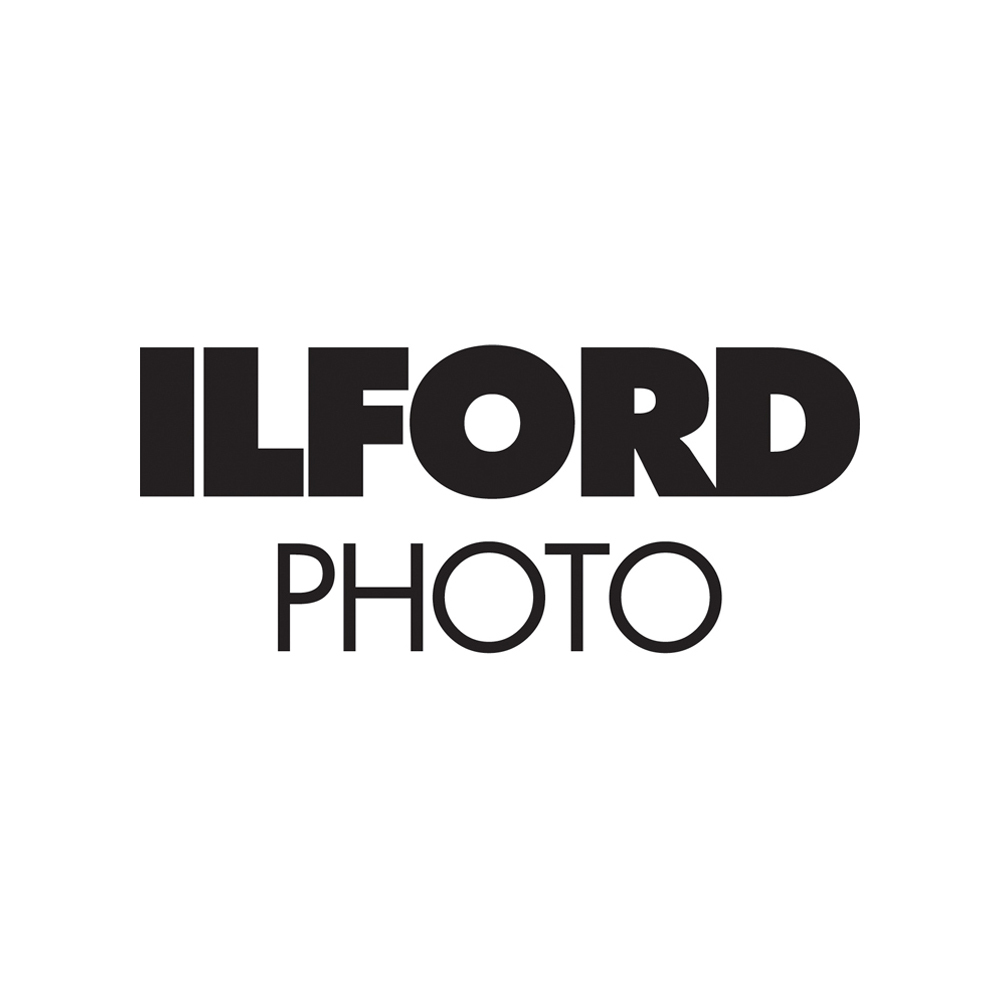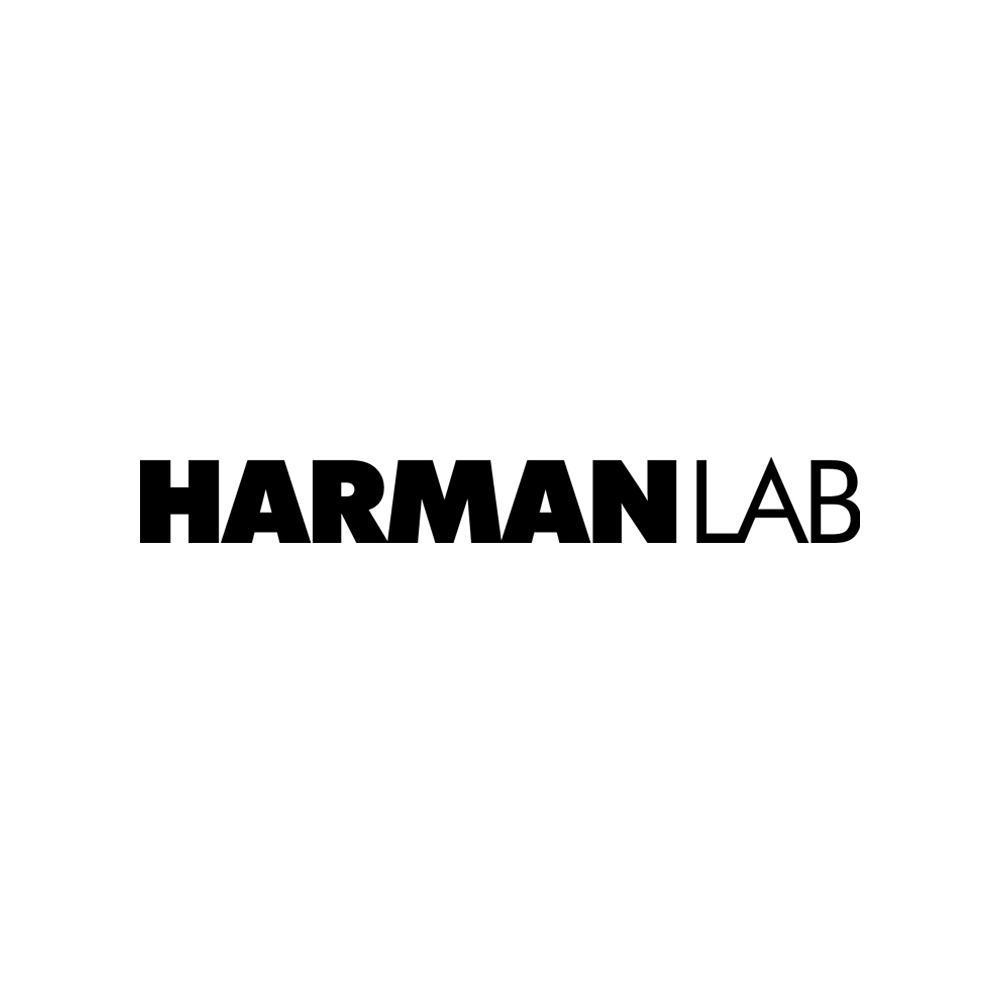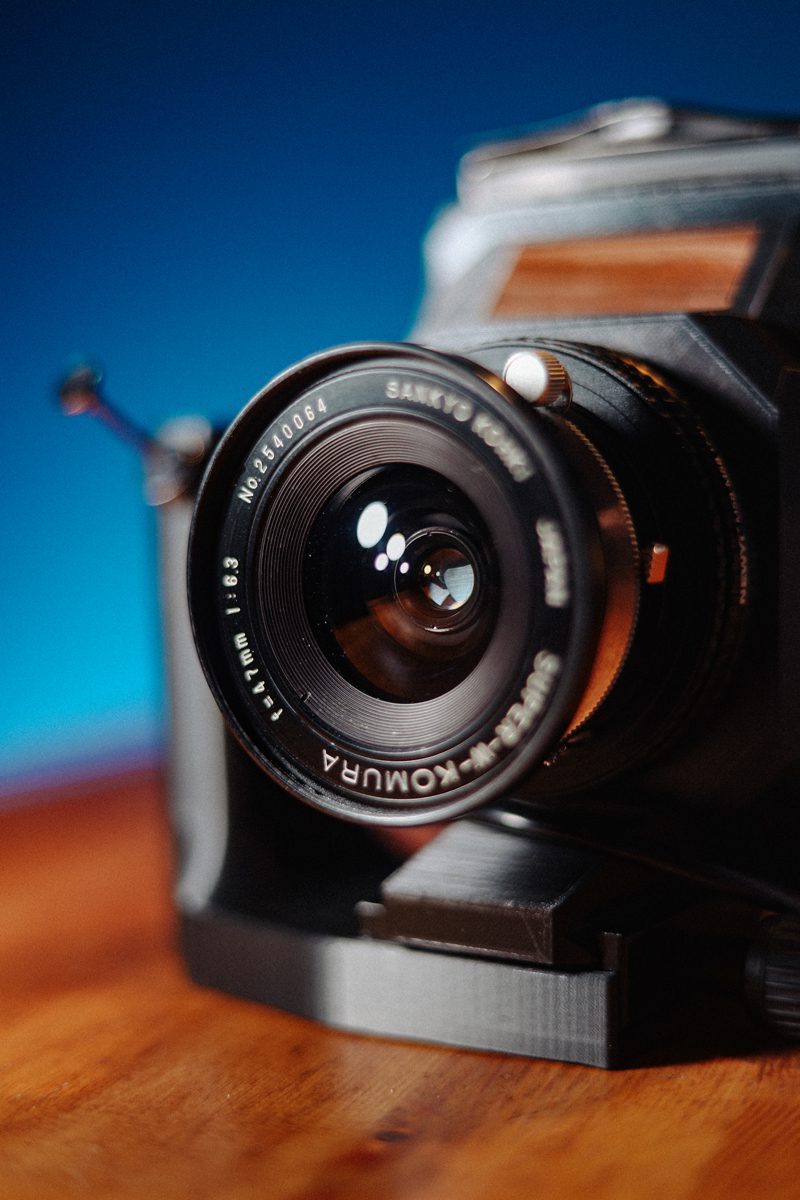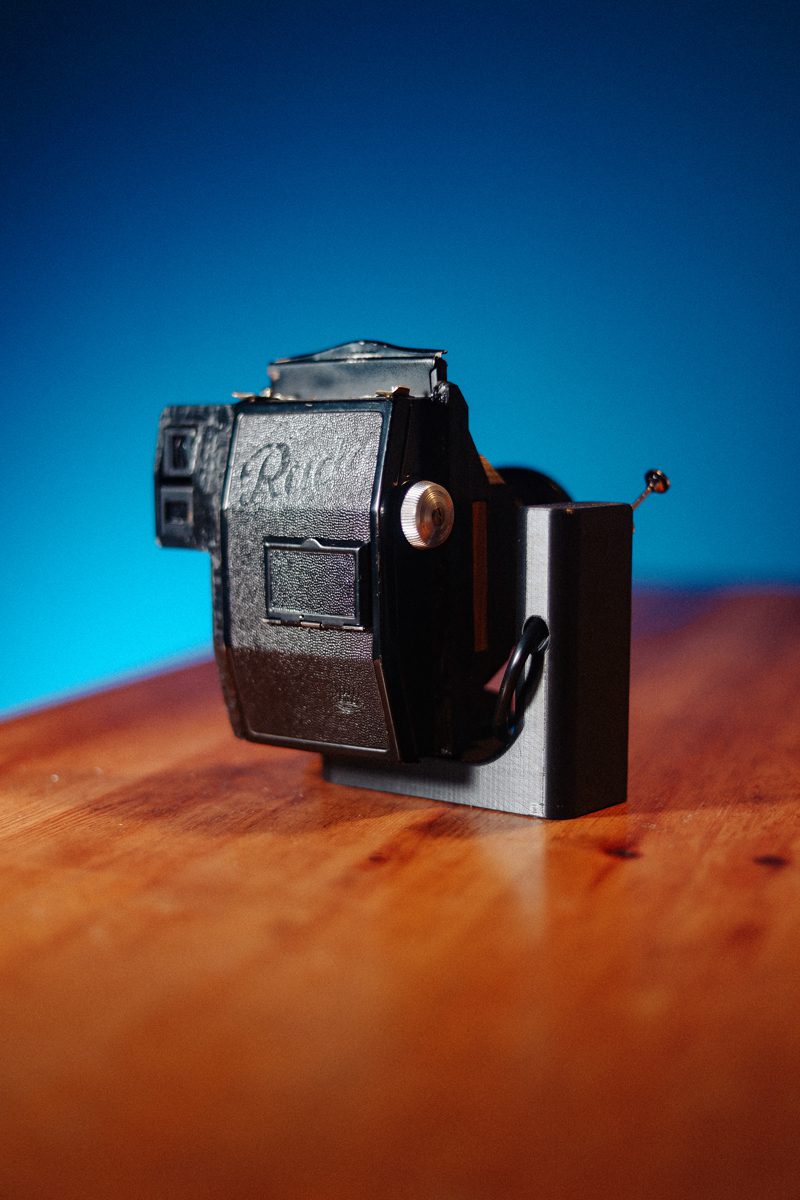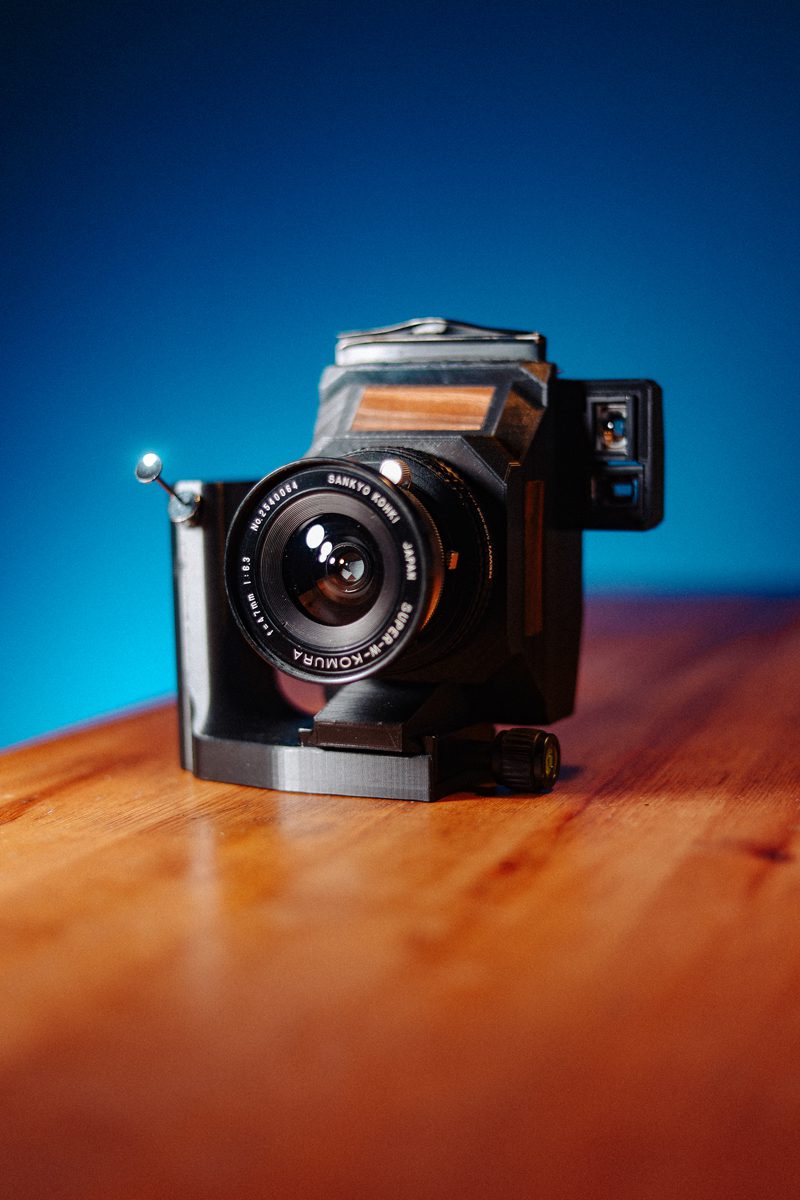3D printed camera and SFX200 Posted On 18th November 2025 To Magazine & Stories

Hey, my name is David, better known as @Twostopsover, and ILFORD asked me to share a bit about my 3D printed dual format camera.
Who am I?
A quick intro about myself: I’m a cinematographer working in the commercial space, and in 2017 I rediscovered analog photography and fell head over heels in love with it. I think what excites me so much about shooting film is the process, and even more so, how much room there is to experiment. I mean, with which digital camera can you swap out the entire sensor within seconds? That’s really only possible with film.

Shot on Kentmere 400 with the 3D dual format camera 6x4.5
Time on my hands
In 2020, during the lockdown, I had a lot of time on my hands and started building my own camera. At first, it was made of wood, but I quickly reached the limits of the material, some parts are just too small to be made from wood, so 3D printing was the next logical step for me. Over the past five years, I’ve built more and more cameras, until eventually I moved on to fully 3D printing the entire camera. The big advantage here is that I could build much more complex cameras and that people can download my designs and print them themselves.

Shot on Kentmere 400 with the 3D dual format camera 6x9
Dual Format
At the beginning of last year, I had the idea to build a dual format camera, meaning a camera that can shoot both 645 and 6x9 photos on the same roll of 120 film without wasting even a millimeter of film. I was inspired by the Hasselblad XPan, which lets you switch between a standard 36x24mm frame and a panoramic 65x24mm format at will. 645 and 6x9 have pretty similar aspect ratios, but they give me two very different fields of view. In my case, that’s 28mm and 21mm (full frame equivalent). The lens I used is a Komura 47mm f/6.3 with a built in shutter. I searched for a long time to find the right lens, and eventually a friend in Japan found exactly the one I needed.
After countless hours of 3D design, failed test prints, and sanding the wood inlays, I finally held the finished camera in my hands. The biggest challenge for me was the viewfinders, since two different fields of view meant I also needed two separate viewfinders. The 6x9 one in portrait orientation and the 6x4.5 one in landscape orientation. I definitely learned a lot from my previous DIY camera projects, and that’s probably why the first test roll came out absolutely flawless. I was surprised I didn’t even run into any light leak problems.
- Shot on ILFORD SFX200 using the 3D printed camera
Shooting film
Over the past year, I’ve mostly been shooting my favorite film, ILFORD SFX 200, often paired with a 720nm infrared filter. I developed all the rolls using Rodinal 1+100 stand development. The camera is a breeze to use, especially with the two viewfinders, it’s really easy to pre visualize your shot before switching formats. I do wish the lens had a slightly larger aperture, but I think that’s just the trade off when you’re working with such a wide lens and such a large film format.
- Shot on ILFORD SFX200 using the 3D printed camera
If you’re interested in trying out the camera, feel free to download the 3D print files. I’m really excited to see what you’ll create with it.
https://www.thingiverse.com/thing:6806603
Thanks so much for reading, and have a great day!
About The Author

David Hennen
I’m a cinematographer working in the commercial space, and in 2017 I rediscovered analog photography and fell head over heels in love with it. I think what excites me so much about shooting film is the process, and even more so, how much room there is to experiment. I mean, with which digital camera can you swap out the entire sensor within seconds? That’s really only possible with film.
www.instagram.com/twostopsover
3D print files https://www.thingiverse.com/thing:6806603

